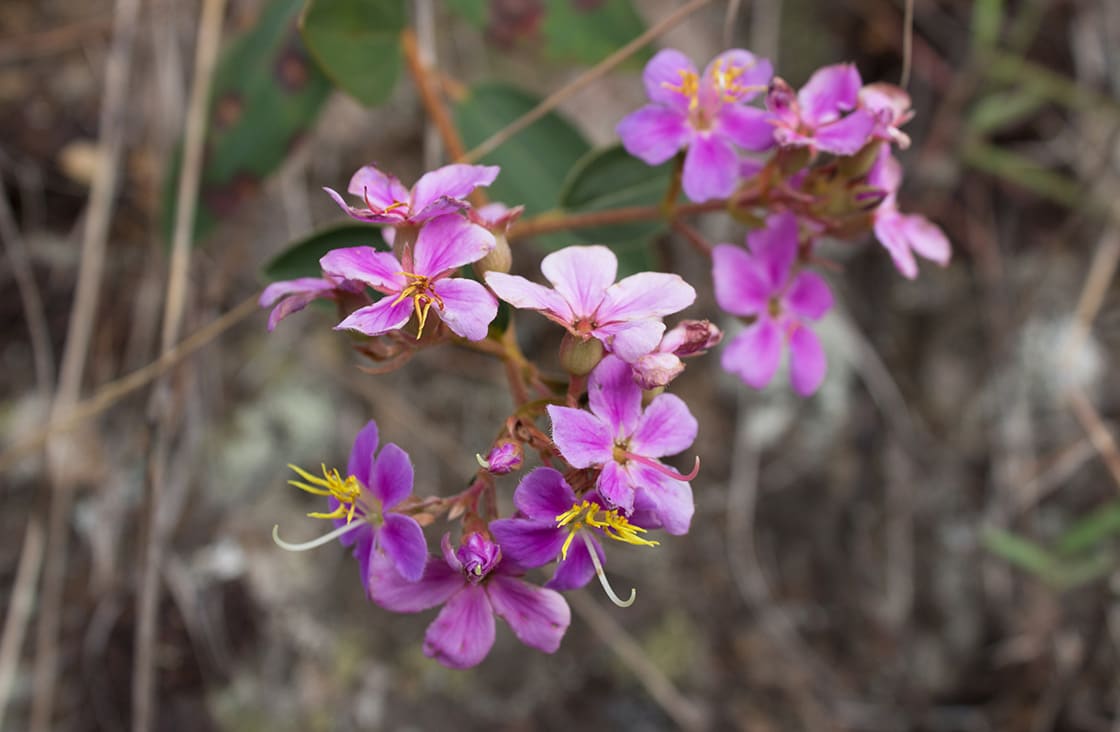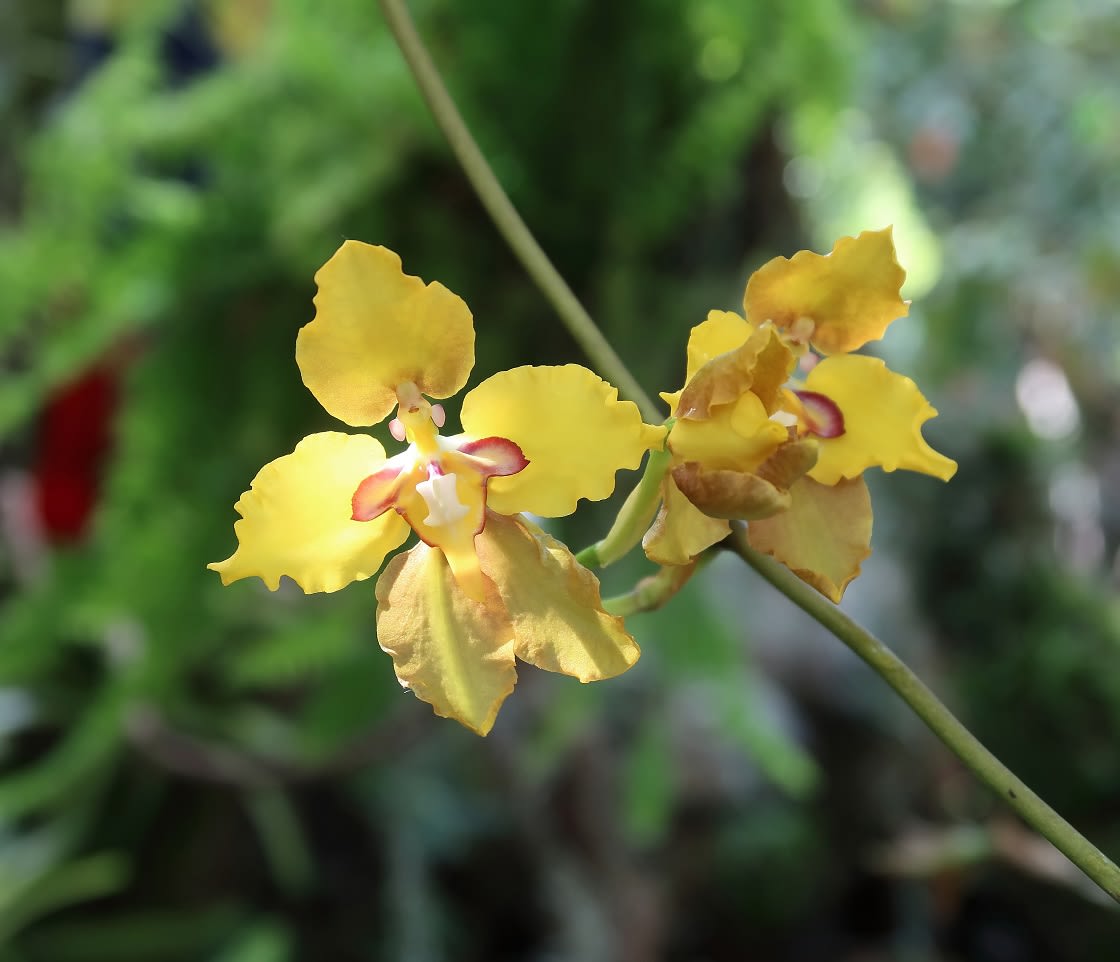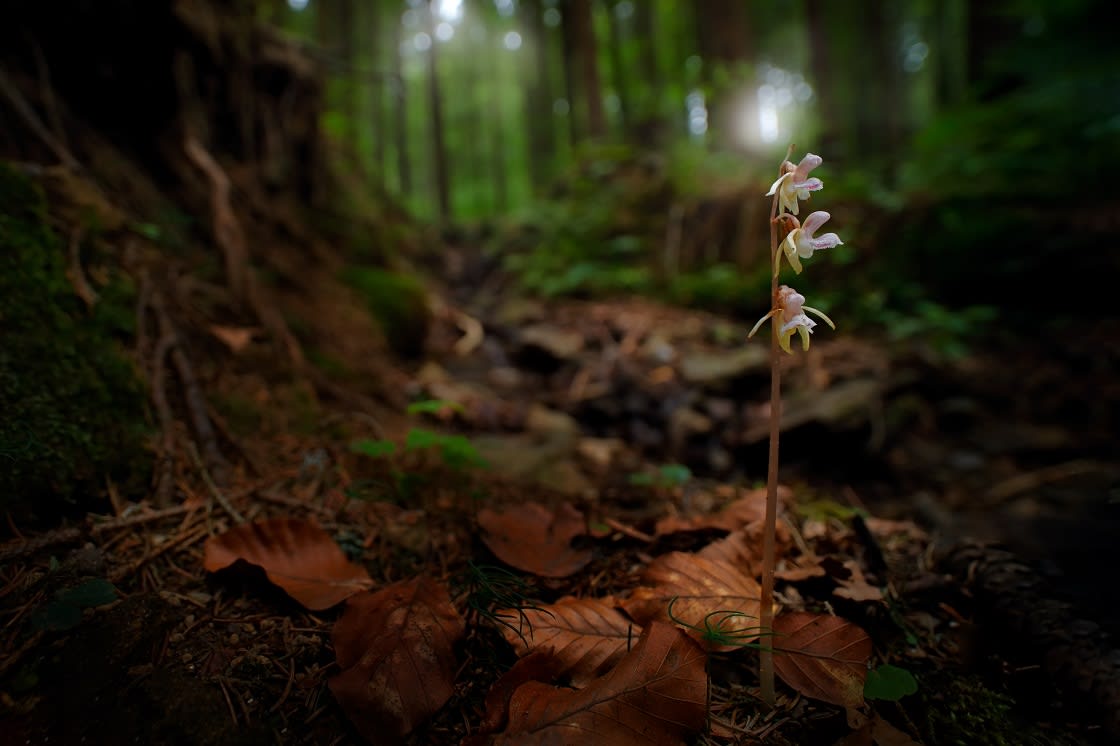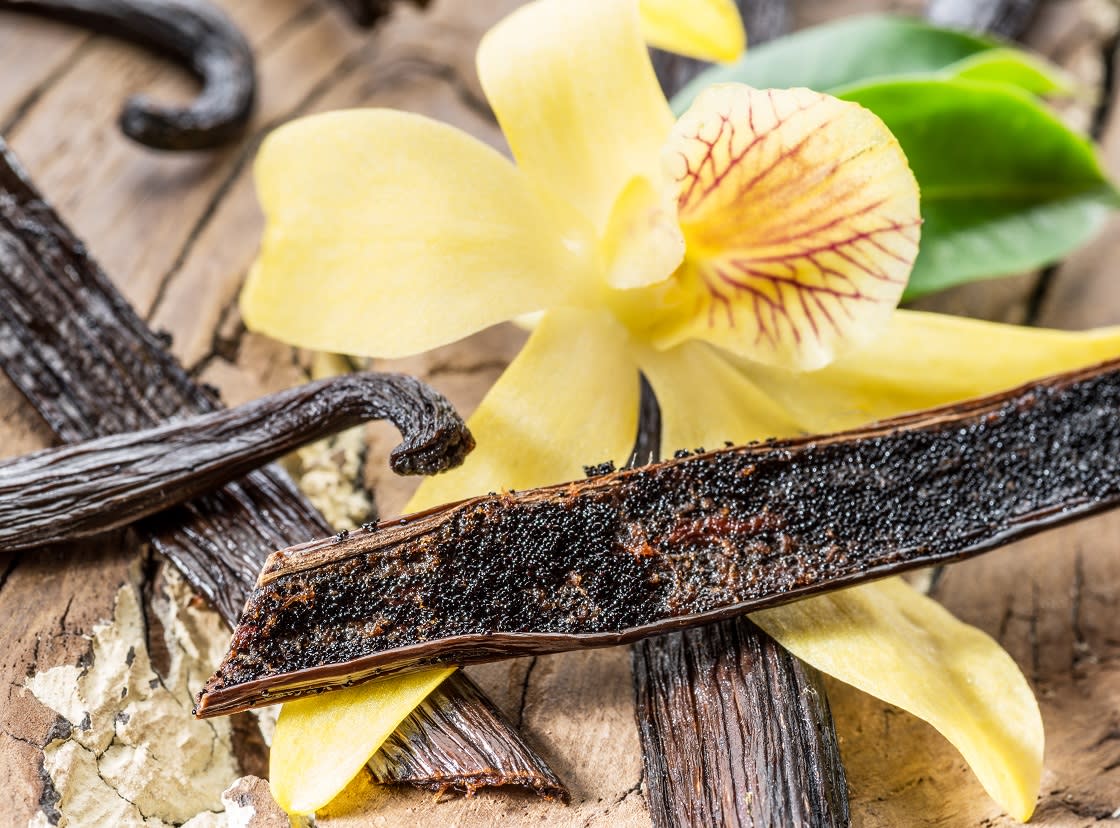
The Amazon Rainforest is home to an immense level of biodiversity, including the fascinating Amazon Orchids. Plants and animals of all shapes and sizes can be found lurking under the rainforest’s leafy canopy. Monkeys and sloths hang from the branches up above, while snakes and frogs make their way across rich, damp earth in search of food. Look to the water and you’ll spot hungry piranhas and elegant pink river dolphins. The animals of the Amazon Rainforest steal the show, but that doesn’t mean that the jungle’s fauna should be overlooked.
The plant life of the Amazon Rainforest is truly phenomenal and among the most spectacular of all the vegetation is the mighty orchid, one of the coolest plants in the jungle. Orchids are exceptionally beautiful and range in size from roughly a dime to a CD. They are brightly colored, which makes them an aesthetic delight and they can be found all over the Amazon Rainforest.
Looking at the orchids of the Amazon is a visual treat, but if you really want to enrich your experience you might want to know a little bit about what you’re seeing. Orchids are not just pretty faces, they are some of the coolest flowers in the world. Don’t believe me? Here are some fun facts about orchids that are bound to pique your interest in these fabulous flowers.
Currently, there are approximately 25,000 documented species of orchids. The species come in all manner of shapes, sizes, and colors and they grow virtually all over the world.
There are some species of orchids that can live up to 100 years! That means that there are orchids out there that will outlive most of us. Remind yourself of this next time you buy an orchid and it dies after a few weeks.

Single Yellow Amazonian Orchid
In fact, all orchids adapt to their climate. The orchids in the Amazon Rainforest have specially adapted so they have thin, long leaves that absorb all the moisture they need. Meanwhile, orchids in dry regions have thick leaves covered in wax, which helps them maintain the little moisture they manage to get. Orchids can also grow in the ground, under the ground, or attached to the sides of trees, depending on what will help them survive best.

Orchid In The Nature Forest
Parasitic is not a word that is usually associated with something as beautiful and delicate as a flower, but some orchids are parasites. They are unable to produce their own sugar by way of photosynthesis like other plants and therefore have to rely on taking it from a fungus that grows in its roots.
There are a number of orchids that have adapted their petals to look like female insects to lure in male insects. The bee orchid is a good example of this. Its petals look like a female bee, which attracts male bees to it. The male bees then go to mate with it, get covered in pollen, and carry the pollen off to the next orchid it visits. If you were wondering why everyone is so worried about bees going extinct, it is this exact reason that is causing the panic. Without the bees, orchids would no longer be pollinated and would quickly go extinct.

Dried Vanilla Stick And Orchid
To put orchids into an everyday context, it might be of interest to know that the vanilla pod comes from a species of orchid. This means you probably have the product of an orchid somewhere in your house this very moment.
So, what do you think of orchids? Pretty cool, right? Well, that’s just one of the thousands of flowers found in the Amazon Rainforest. Not that you needed another excuse to book a vacation to the Amazon…
While Rainforest Cruises aim to provide accurate and up-to-date information, we make no representations as to the accuracy or completeness of any information herein or found by following any link on this site. Rainforest Cruises cannot and will not accept responsibility for any omissions or inaccuracies, or for any consequences arising therefrom, including any losses, injuries, or damages resulting from the display or use of this information.




